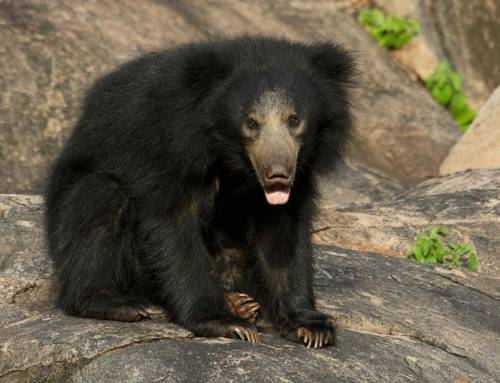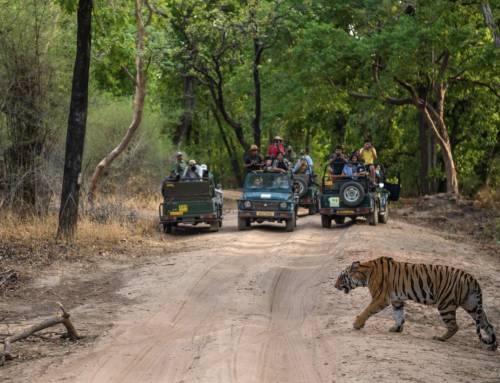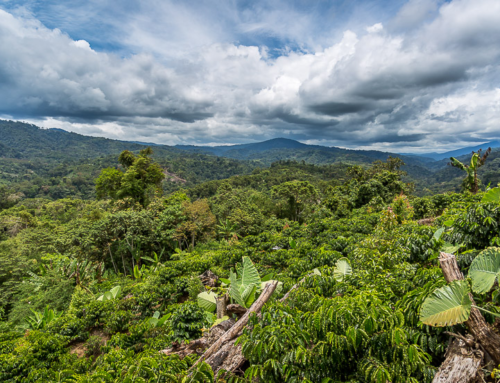We are pleased to share with you an exciting new international scientific publication authored by Dr. Farshid S. Ahrestani and co-authored by Mr. Srinivas Vaidyanathan from Foundation for Ecological Research, Advocacy and Learning (India); Dr. N. Samba Kumar, Dr. Devcharan Jathanna, and Dr. K. Ullas Karanth from Centre for Wildlife Studies (India); and Mr. Lex Hiby from Conservation Research Ltd (UK).
The paper titled “Estimating densities of large herbivores in tropical forests: Rigorous evaluation of a dung-based method” was published in the international journal Ecology and Evolution. It can be accessed online at https://doi.org/10.1002/ece3.4227.
The study tested a dung-based method of estimating herbivore population density in Nagarahole National Park in the south Indian state of Karnataka. They found that the estimates were significantly higher than the numbers measured by sighting-based distance sampling. Due to the differences in results obtained, the authors emphasised caution and suggested that more robust approaches be incorporated by scientists and managers. Density estimates of threatened herbivores need to be reliable for successful conservation action.





